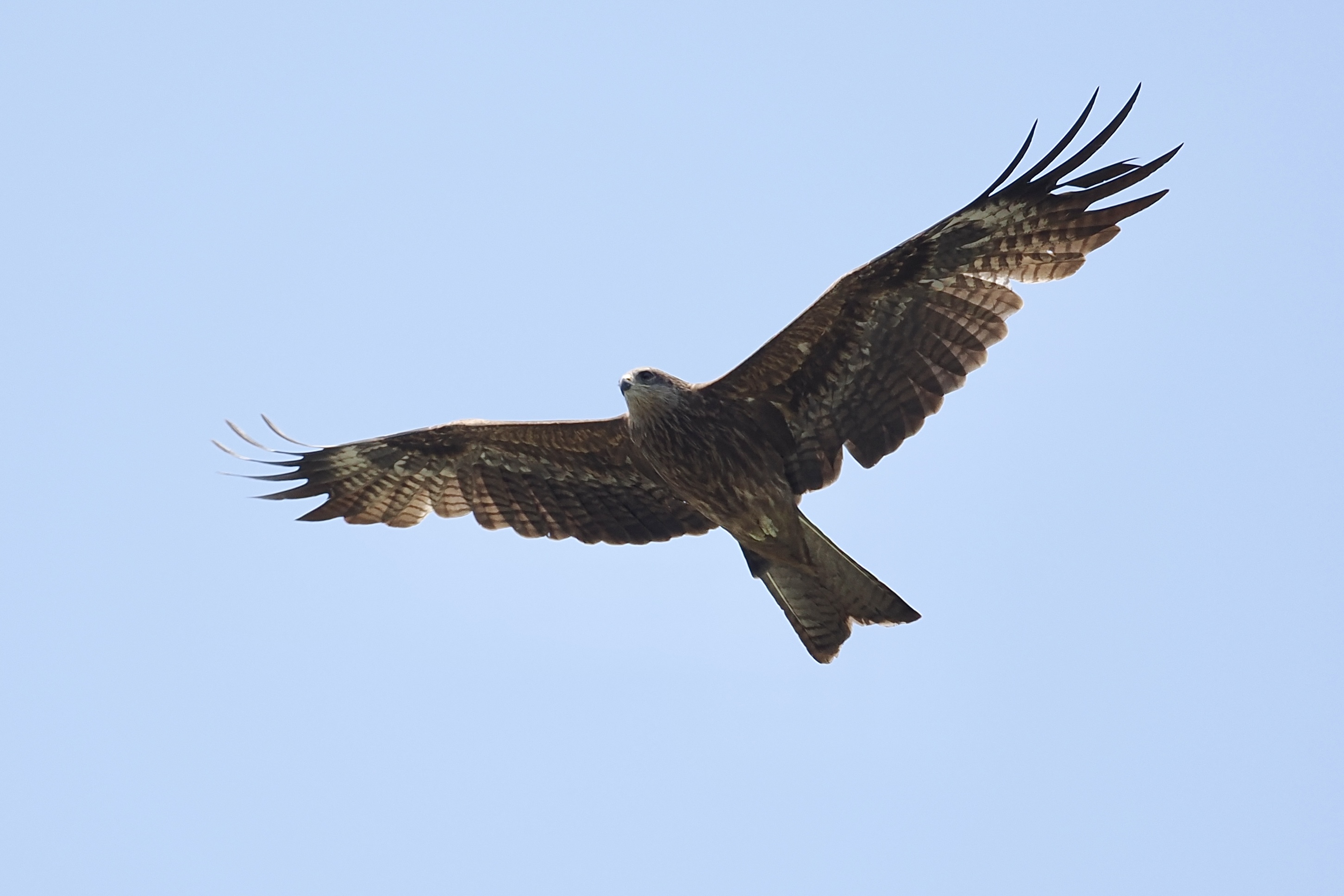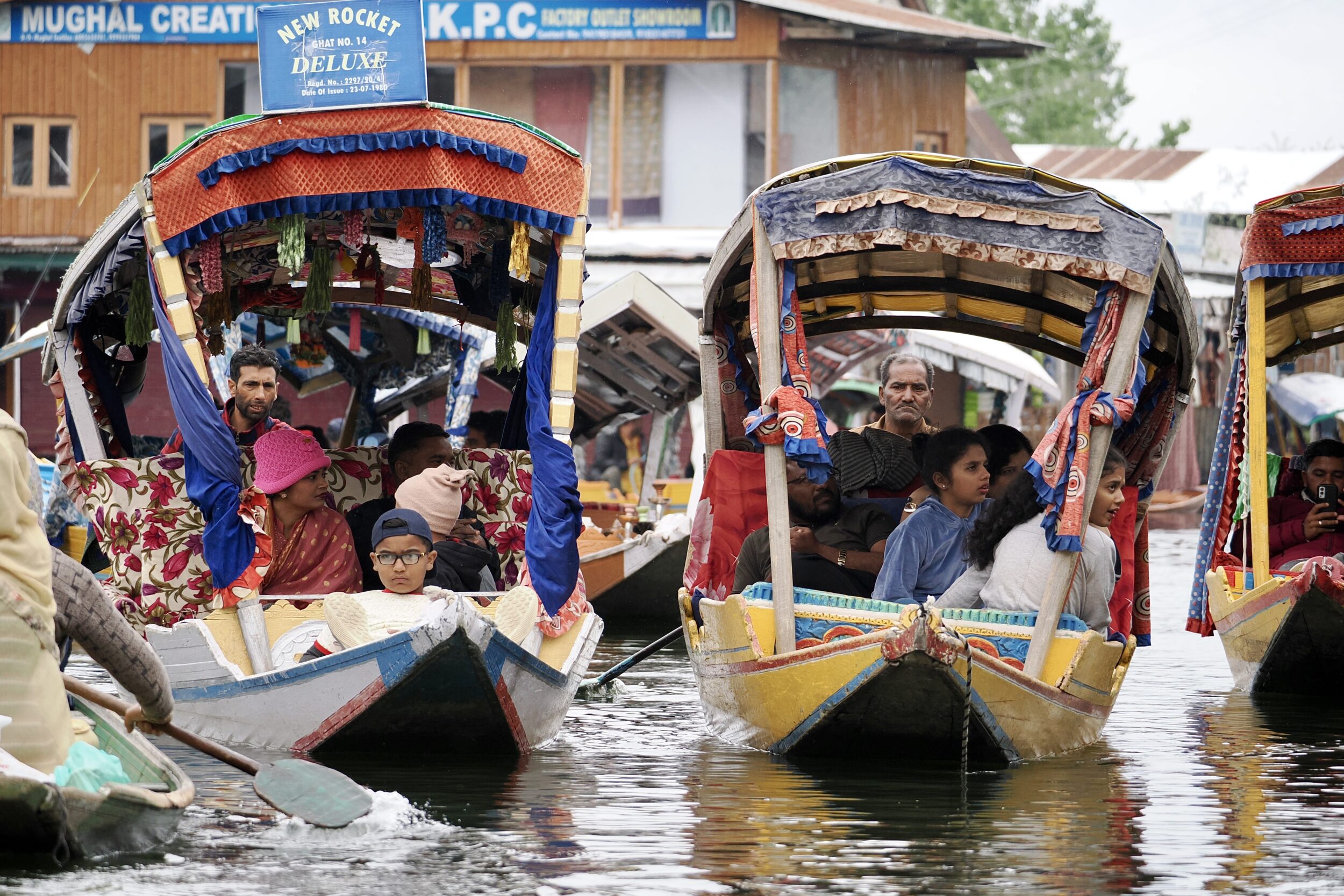..or breakfast, or dinner.
Every day, the world’s largest community kitchen operates, around the clock.
In any given 24 hours the Golden Temple serves 50,000 to 100,000 hot meals; all, freshly prepared by volunteers.
As future, multi-image posts will eventually illustrate, the achievement of this feat beggars even an eyewitness’s belief.
Comments closed








